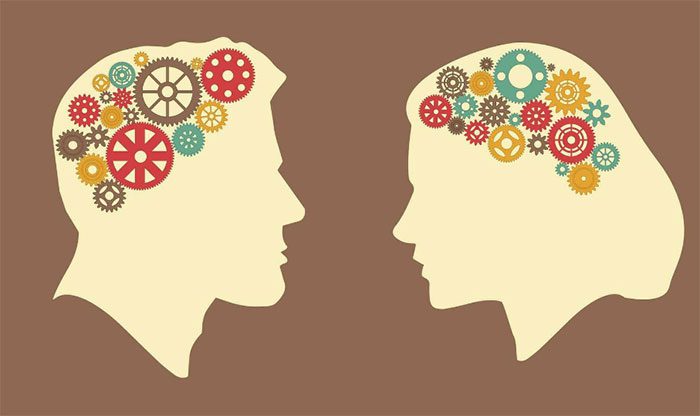Men typically have a larger physique compared to women. However, when it comes to the internal structures, particularly the brain, whether there are differences between the two sexes is a question that has intrigued scientists.

Gender is an important factor in brain development. (Illustrative image).
A new study published in the Proceedings of the National Academy of Sciences (PNAS) indicates that artificial intelligence (AI) can be utilized to differentiate between male and female brains by analyzing brain activity patterns.
Using AI applications, the study’s author, Srikanth Ryali, and colleagues discovered significant and consistent differences between the sexes in certain brain regions. These differences hold great significance for personalized medical approaches.
The research employed four-dimensional deep neural networks (stDNN) to differentiate the sexes through the analysis of large datasets from functional magnetic resonance imaging (fMRI). The model achieved an accuracy rate of 90.21% – 91.17%, yielding consistent results across evaluations, thereby reflecting reliable differences in brain function by gender.
The findings reveal that gender is a crucial factor in brain development, aging, the onset, and progression of mental and neurological disorders. Consequently, women are more likely to experience depression, anxiety, and eating disorders, while conditions such as autism, attention deficit hyperactivity disorder (ADHD), and schizophrenia are more prevalent in men.
The study also expanded its analysis to cognitive functions, demonstrating that the differences between the sexes can lead to unique behavioral and cognitive patterns.
This research paves the way for more specific studies on gender in neuroscience and clinical fields, emphasizing the importance of gender in health and brain disorder research.


















































